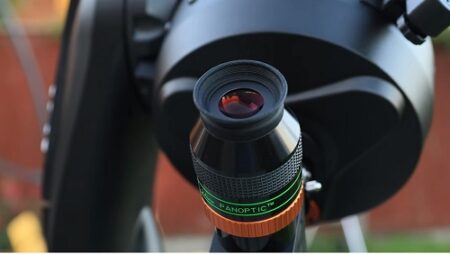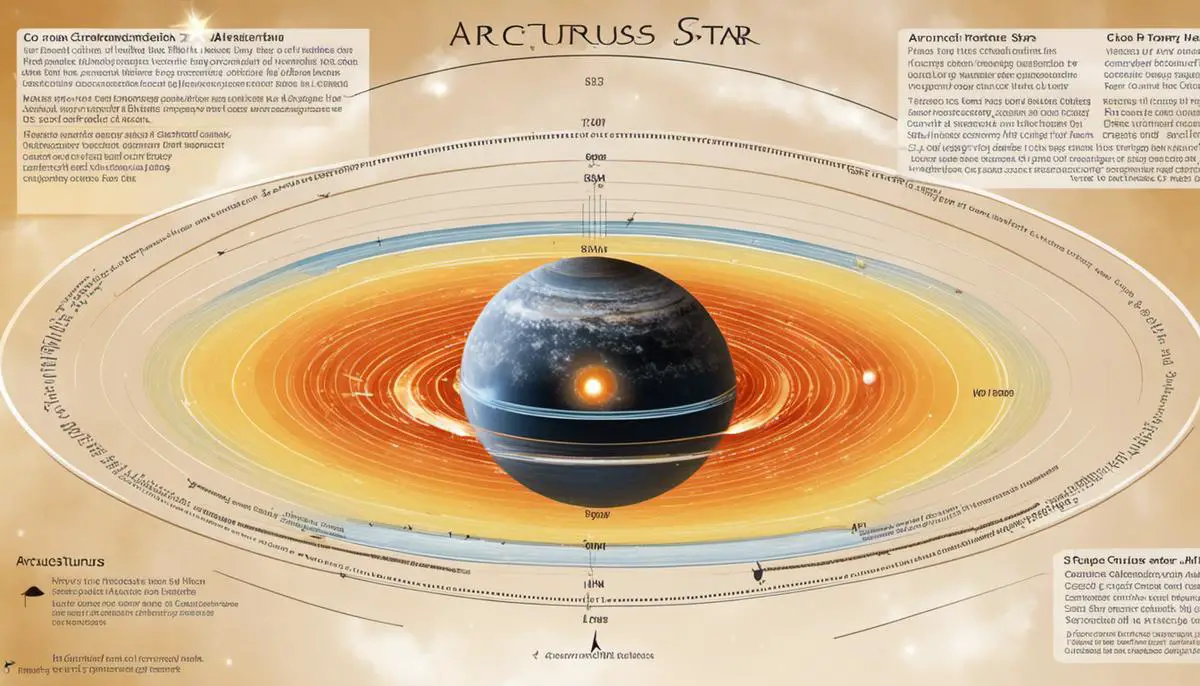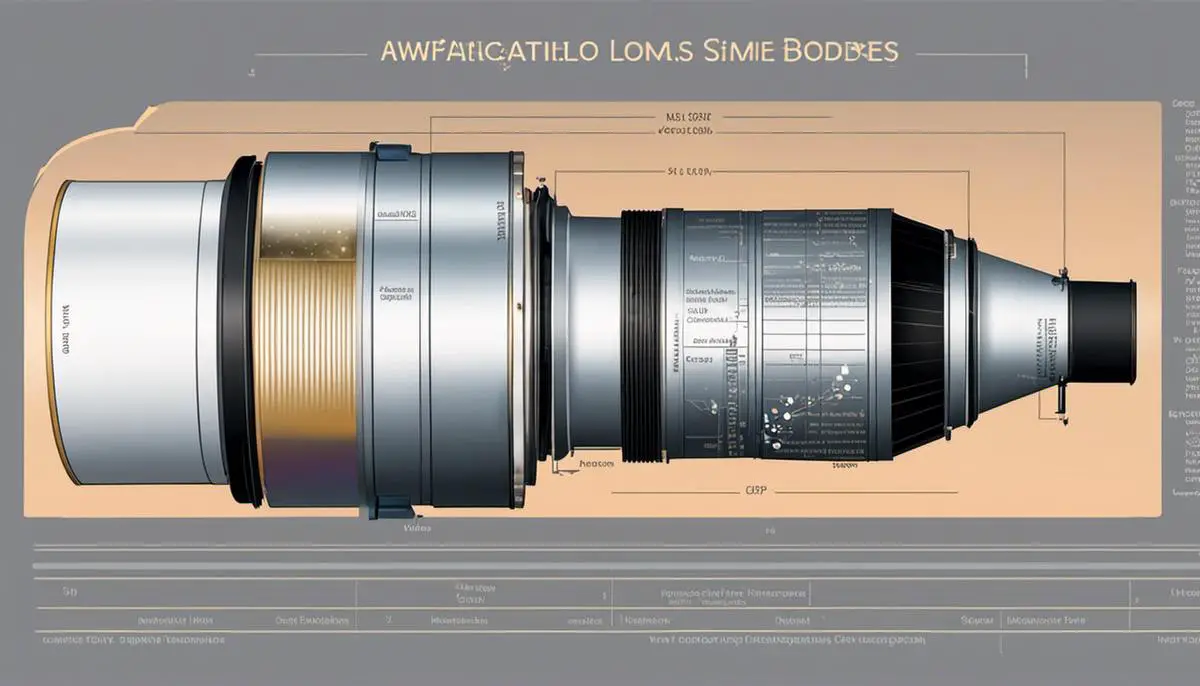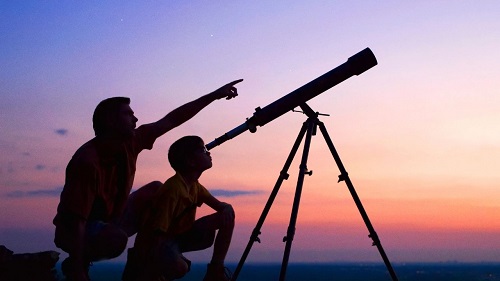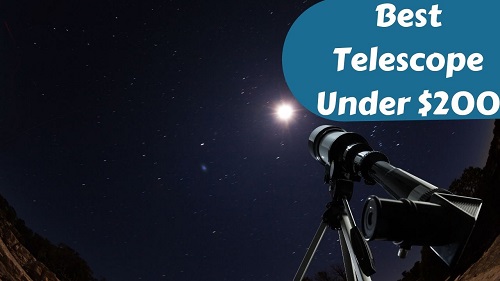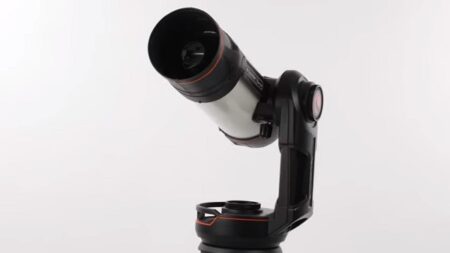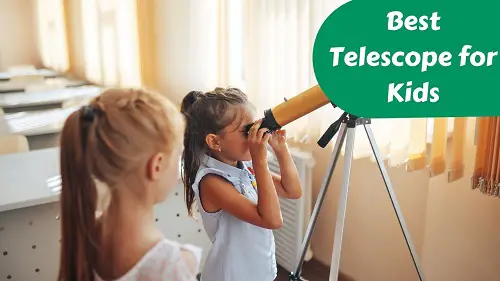Before we dive into the details, let’s briefly introduce the eVscope and Stellina. The eVscope, developed by Unistellar, is an innovative, compact telescope that combines the power of enhanced vision with portability.
On the other hand, Stellina, created by Vaonis, offers high-resolution imaging capabilities and advanced tracking features, making it a strong contender in the portable telescope market.
eVscope or Stellina
| Specifications | eVscope | Stellina |
|---|---|---|
| Aperture | 114mm | 150mm |
| Focal Length | 450mm | 400mm |
| Imaging Capabilities | Enhanced Vision | High-Resolution |
| Imaging | ||
| Connectivity | Wi-Fi | Wi-Fi |
| Options | ||
| Power/Battery Life | Approx. 10 hours | Up to 12 hours |
| User Experience | Intuitive | Seamless |
| User Interface | Mobile App | |
| Price Range | Affordable | Higher Price Tag |
| Limitations | Primarily for | Limited for |
| Deep Sky Objects | Planetary Views | |
| Maintenance | Low-Maintenance | Low-Maintenance |
| Additional | Carrying Cases, | Carrying Cases, |
| Accessories | Tripods, Adapters | Tripods, Adapters |
Key Features
A. eVscope
- Enhanced Vision and Portability: The eVscope utilizes advanced technologies such as Light Amplification by Stimulated Emission of Radiation (LASE), allowing it to capture more light and reveal details that are typically invisible to the naked eye. Its lightweight and compact design make it easy to carry and set up in various locations.
- Autonomous Field Detection: With the eVscope’s Autonomous Field Detection (AFD) feature, finding celestial objects becomes effortless. Simply point the telescope towards the sky, and the built-in software will analyze the field of view, identify objects, and display them on the device’s screen.
- Live Sharing and Social Interaction: One standout feature of the eVscope is its ability to connect with a dedicated smartphone application. This allows users to live-stream their observations, share images and videos on social media, and engage with a community of fellow astronomers.
B. Stellina
- High-Resolution Imaging: Stellina boasts an exceptional imaging system that captures detailed celestial objects in stunning high-resolution. Its powerful sensor and optics enable you to explore the wonders of the universe with remarkable clarity.
- Remote Operation and Control: With Stellina, you can operate and control the telescope remotely using a smartphone or tablet. This feature provides convenience and flexibility, allowing you to capture breathtaking images from the comfort of your home or any desired location.
- Advanced Tracking Capabilities: Stellina’s advanced tracking system ensures that celestial objects remain in focus throughout the observation session. This feature eliminates the need for manual adjustments, providing a seamless and immersive stargazing experience.
Comparison of Specifications
When comparing the eVscope and Stellina, several specifications come into play. Let’s explore the key differences in various aspects:
A. Optical Specifications
The eVscope features a 114mm aperture with a focal length of 450mm, while Stellina offers a larger 150mm aperture with a focal length of 400mm. The aperture size influences the amount of light the telescope gathers, impacting the overall image quality and visibility of faint objects.
B. Imaging Capabilities
Both telescopes excel in imaging capabilities. The eVscope provides enhanced vision by accumulating light over time, revealing deep sky objects with remarkable details. Stellina, on the other hand, captures high-resolution images using its advanced sensor and optics, producing stunning visuals of celestial objects.
C. Connectivity Options
The eVscope offers Wi-Fi connectivity, allowing seamless integration with its dedicated smartphone application. This facilitates live sharing and social interaction with the astronomy community. Stellina also provides Wi-Fi connectivity, enabling remote control and operation through its user-friendly mobile app.
D. Power and Battery Life
The eVscope is equipped with a rechargeable lithium battery that offers approximately 10 hours of observation time. Stellina, with its larger capacity battery, provides a longer observation window, lasting up to 12 hours on a single charge.
User Experience and Ease of Use
A. Setup and Installation Process: Both the eVscope and Stellina are designed with user-friendliness in mind. The telescopes come pre-assembled, eliminating the need for complex setup procedures. Users can easily follow the provided instructions and have their telescopes ready for observing in no time.
B. User Interface and Controls: The eVscope features an intuitive user interface with a touchscreen display, allowing easy access to various functions and settings. Stellina, on the other hand, provides a seamless user experience through its mobile application, which offers a wide range of control options and real-time feedback.
C. Mobile Application Integration: The dedicated smartphone applications for both telescopes play a crucial role in enhancing the overall user experience. The eVscope app enables live sharing and interaction with fellow astronomers, while the Stellina app provides comprehensive control and imaging capabilities.
Pricing and Value for Money
When considering any purchase, pricing and value for money are important factors. The eVscope generally falls within a more affordable price range compared to Stellina, making it an attractive option for those on a budget. However, Stellina’s advanced imaging capabilities and tracking features may justify its higher price tag for users seeking professional-level results.
Limitations and Considerations
While both the eVscope and Stellina offer remarkable features, it’s important to consider their limitations. These portable telescopes are primarily designed for visual observation and astrophotography of deep sky objects. If your primary interest lies in planetary observation or high-magnification views, traditional telescopes with larger apertures might be more suitable.
Related Questions
Can I use the eVscope or Stellina in light-polluted areas?
Yes, both telescopes are designed to work in various environments, including light-polluted areas. However, the quality of observations may be affected by light pollution.
Do the telescopes require regular maintenance?
The eVscope and Stellina are designed to be low-maintenance telescopes. Regular cleaning of the optics and occasional firmware updates are recommended for optimal performance.
Can I connect the telescopes to a computer for image processing?
While the telescopes primarily rely on their respective mobile applications, it is possible to transfer captured images to a computer for further processing using compatible software.
Are there any additional accessories available for the telescopes?
Both eVscope and Stellina offer a range of accessories, such as carrying cases, tripods, and adapters, to enhance the user experience and expand the capabilities of the telescopes.
Can the telescopes be used for scientific research?
While the eVscope and Stellina are primarily designed for amateur astronomers and enthusiasts, they can contribute to citizen science projects and provide valuable data for educational purposes.
Conclusion
In conclusion, the choice between the eVscope and Stellina depends on your specific needs and preferences. The eVscope excels in enhanced vision, portability, and live sharing capabilities, making it a great option for those looking to explore the night sky and engage with a community. Stellina, on the other hand, offers exceptional imaging quality, remote operation, and advanced tracking, appealing to astronomy enthusiasts seeking high-resolution astrophotography.
Ultimately, both telescopes provide unique features and an immersive stargazing experience. Consider your priorities, budget, and desired level of involvement to make an informed decision that aligns with your astronomical aspirations.

I’m Ali. BestTelescopeReview.com is my little place on the web to express what I’ve learned first-hand, specially about the telescope part. I am writing these articles to share my love for astronomy with you.

